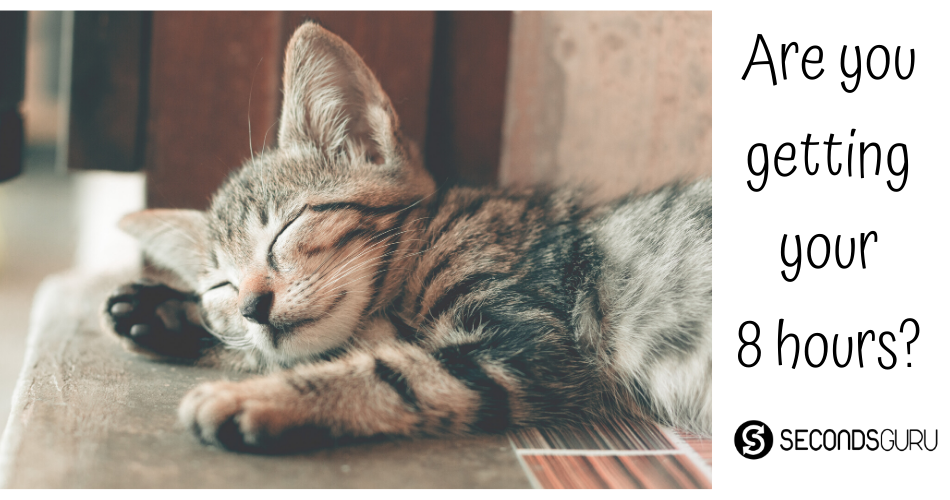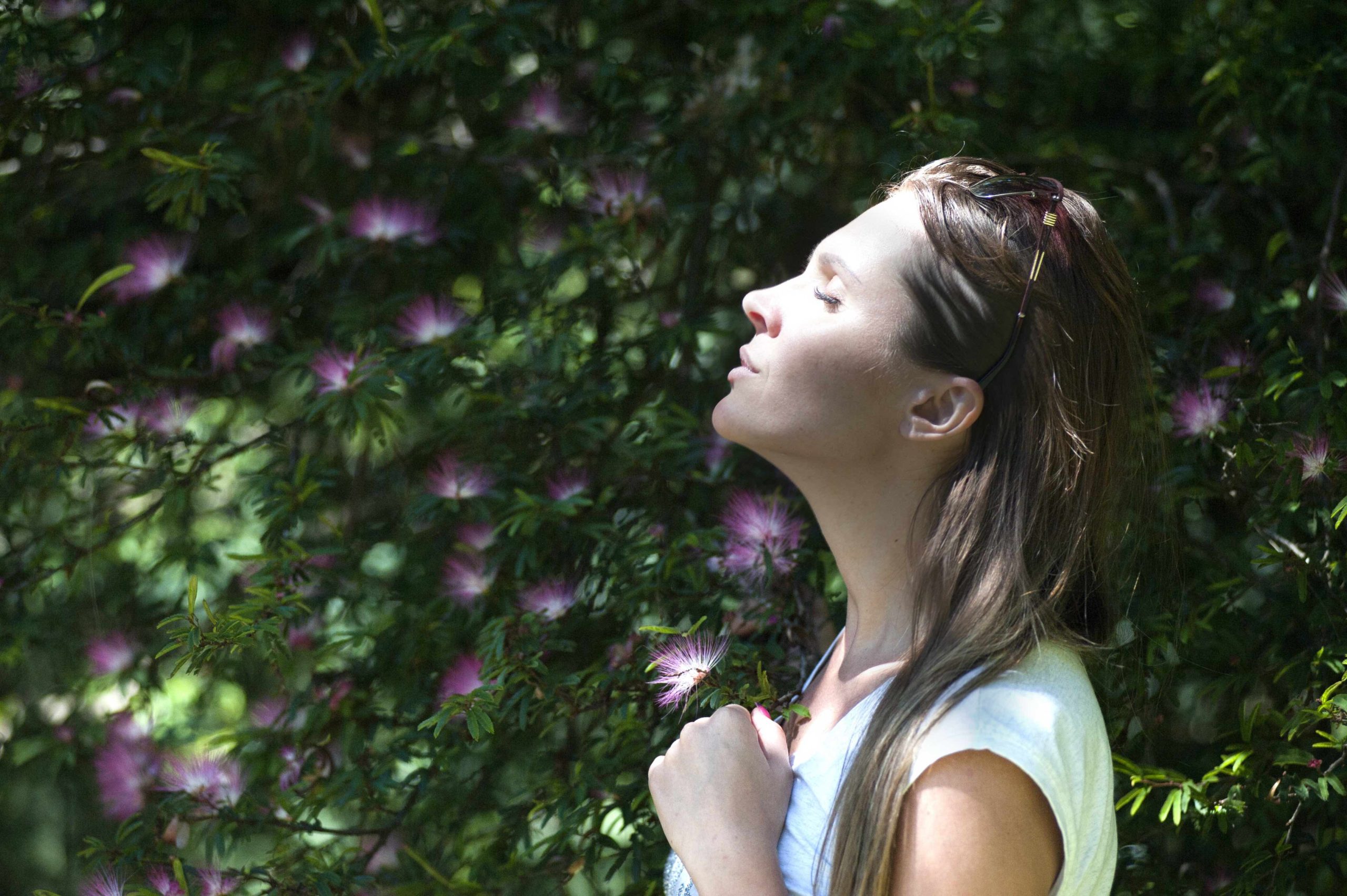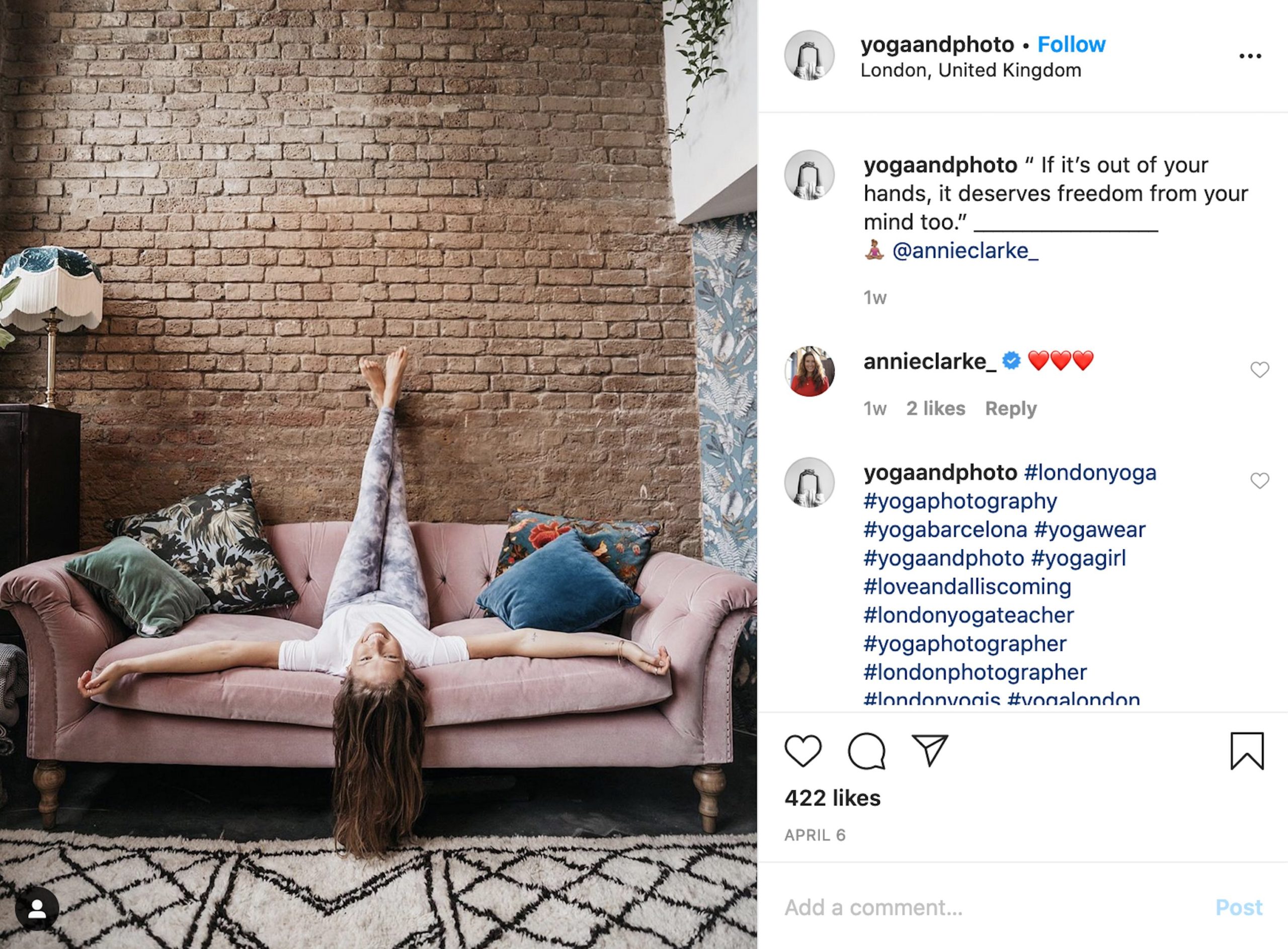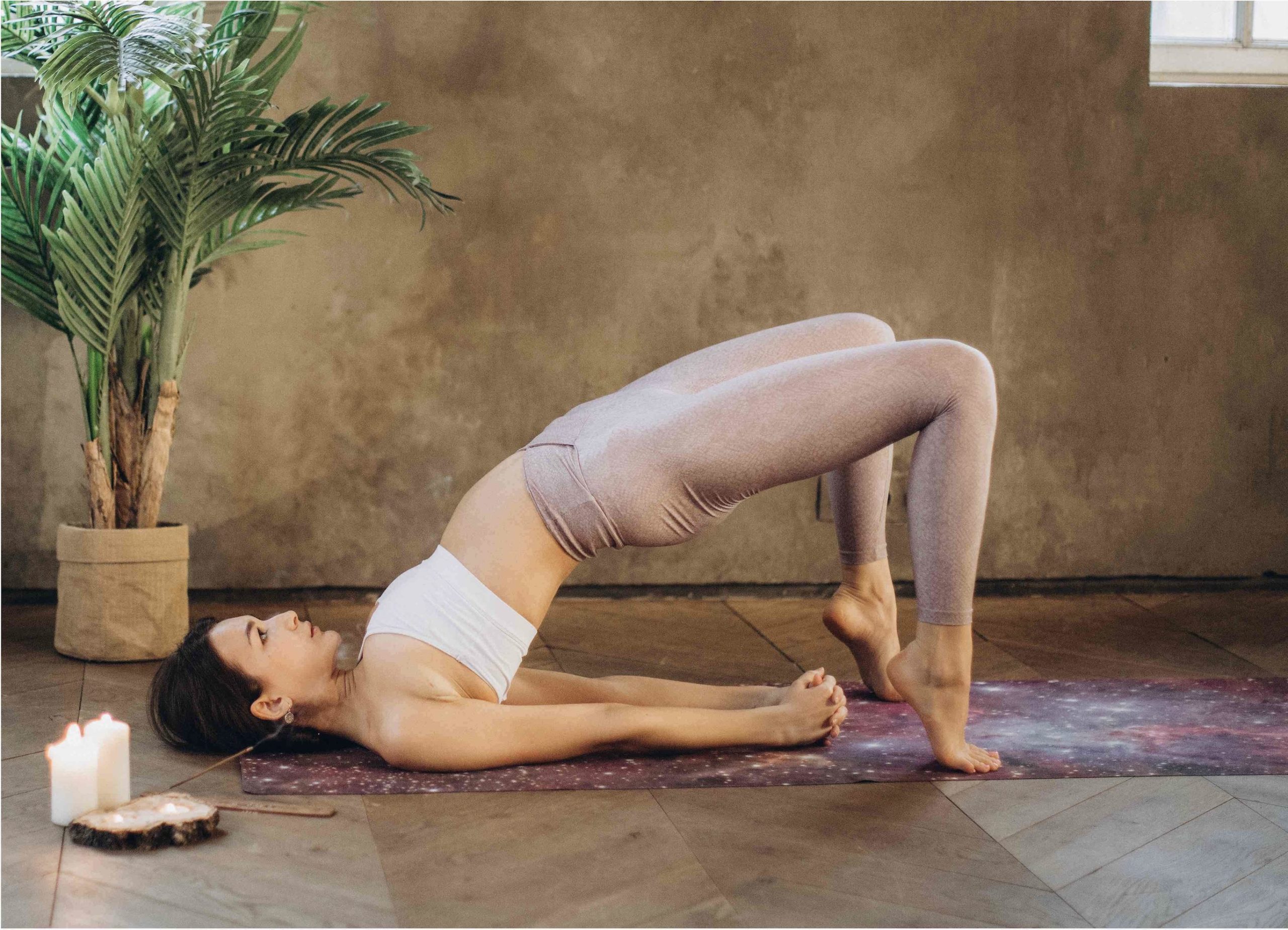Published 19 April 2020 ● Last Updated on 15 July 2020
Be it due lack of exercise or the excess of corona conversations, many among us are ending up with sleep patterns disturbed. And sleep has never been so precious – it impacts our mental well-being, which is already precarious in these socially distant times; and it affects our immunity, which needs to fight a novel virus.
This is why we turned to Pooja Arora, co-founder of ReDefine Wellness, to share some techniques to sleep better from her wide repertoire of healing practices (she is a Reiki master teacher, yoga instructor, Silva Mind Method instructor, ayurvedic diet and lifestyle counsellor, hypnotherapist, inner child therapist and past life regression therapist, wellness coach and a meditation guide!). Read on, in her words, as to what you can do to combat insomnia. Here’s wishing you a good sleep and sweet dreams tonight and onwards!

Coronavirus Pandemic. Quarantines. Lockdowns. Travel Bans. Life as we knew it has changed in the last few months. There’s a rise in uncertainty about the future, and an increased pressure to adapt to the new normal. And with that comes rising anxiety and worry, a loneliness because we are cut-off, even sadness and helplessness!
These feelings are normal as we grieve the loss of life-as-before. But before we process the change and slowly settle into the ‘new-normal’ (and we will!), our sleep may bear the brunt. Be it losing rest hours to binge-watching or hopelessly tossing and turning at bedtime, are you losing sleep?
The few common sleep problems during the time of anxiety are
- Trouble falling asleep: Too much on your mind to ‘switch-off’ and go to sleep.
- Waking up in the middle of the night: And can’t fall back asleep.
- Restless sleep: Either dreams or thoughts keep you tossing and turning, leaving you half-awake through the night.
- Waking up tired: Despite sleeping the requisite hours, you wake up tired. This usually happens if you get up abruptly in the middle of the sleep cycle.
So how can you sleep better?
There are various practical tips and techniques to help you address these sleep problems. Try them and see if they work for you!
#1 5-5-5 breathing
This breathing pattern aims to reduce anxiety and calm your system down. It can also help control intense emotional reactions, panic, anxiety and repetitive negative thoughts. Some claim that it helps them to sleep in minutes.
The 5-5-5 breathing technique requires a person to focus on taking long, deep breaths in and out in a rhythmic manner. Rhythmic breathing is a core part of many meditation and yoga practices as it promotes relaxation.

The breathing is very simple. First, adopt a comfortable sitting position, then:
Breathe in through your nose for 5 counts, then
Hold your breath for 5 counts, then
Exhale through your nose for 5 counts
Repeat the cycle for either 6 or 11 minutes and you will see a significant change in your stress and anxiety levels.
You can use this technique at bedtime, or if your sleep breaks in the middle of the night!
#2 Chandra Bhedana Pranayama (Moon Activating Breath)
Chandra Bhedana is a very effective technique to calm and quiet the nervous system, which helps to transition into a restful, sleeping state. This breath activates the parasympathetic nervous system response, and the ability to induce a state of deep inner quiet.

To try this relaxing breathing exercise, or pranayama, you can either sit up crossed-legged or lie down on your right side. Cover the right nostril with your thumb and extend the fingers out. Inhale through the left nostril filling up the abdomen and chest and hold the breath closing both the nostrils till comfortable and then slowly exhale through the right nostril. Breathing through the left nostril is supposed to activate the ‘relaxation’ part of your mind and help you unwind and relax!
A variation is to keep the right nostril covered and inhale as well as exhale through the left nostril. This helps activate the quieter right side of the brain.
#3 Meditation to calm the monkey mind
When there’s a lot of chatter, it’s difficult to calm the mind. So before beginning meditation, use the 5-5-5 breathing technique for 11 mins to calm down and lower the stress in the system. Post that, you can use a meditation regimen that you are conversant with. I would recommend a progressive relaxation meditation, where you incrementally relax different parts of your body to achieve a meditative state.
One of my favourite progressive relaxation exercises derives from a type of dynamic meditation – the Silva Mind Method – and you can access it here:
The Silva Mind Method allows you to train your mind to go to deeper levels and its half-day workshop can help program your mind with various tips and techniques for sleep!
Other than that, if you have apps like Calm or MindSpace, there might be deep relaxation exercises there which you can use for this purpose.
#4 Breathwork and visualization
If the panic and anxiety continue, use the following visualization coupled with your breath to help release that anxiety from the body.
- Take a deep breath and create intent to locate where you are holding stress in the body. Some common places are your stomach, guts, chest etc.
- Now focus on the place where you are holding the stress and make it real – give it a shape, a color and an identity. For e.g. it could be a red heavy ball or a grey cloud.
- Then take a deep breath into the area where you are holding it and release the breath forcefully through the mouth, with the intention of releasing that stress.
- Along with the breath release, also visualise the stress releasing from that part of the body (e.g. ball becoming smaller or cloud disappearing)
#5 Yoga postures for sleep
There are various yoga asanas which work to promote better sleep. These are two of my favorites which I use!
Legs Up the wall Pose (Viparita Karani)
This very simple pose, done against the wall is great for stress relief and promoting sleep. It triggers the relaxation response.

You can use this pose with or without a bolster under your hip area, just ensure your lower back and hips are supported. If you have tighter hamstrings and this feels uncomfortable, you can slide a bit further from the wall. Place your arms where it feels more comfortable and just enjoy the pose. You can maintain this pose from anywhere between a few minutes to upto 20 mins!
Restorative Bridge Pose (Setu Bandha Sarvangasana)
Backbends are known for their restorative value so why not add the Bridge Pose to your bedtime yoga routine to help you sleep? The bridge pose helps improve your circulation and also allows your body to wind down.

The restorative version of the Bridge Pose is considered the best for inducing sleepiness, so use blankets and bolsters to support your body while practicing. Start with lying flat on the back and add the supports as needed. This will allow you to relax and slowly drift into peaceful sleep!
#6 Energy healing for sleep
One of the easiest ways to fall asleep is working with energy. If you know energy techniques like ‘Reiki ( Universal Energy)’, just placing your hands anywhere on the body and allowing the balancing universal energy to flow through can ease you into sleep at night! Reiki is a balancing energy which treats any stress and anxiety as energetic imbalances in your body. A simple act of allowing the universal energy to flow through the body, allowing it to balance and release the stress does wonders! The only catch is you need to be ‘attuned’ to Reiki to allow this Reiki energy to flow through!. If you are new to Reiki, you can go to The Usui Reiki Association for a list of practitioners in Singapore or find an introduction talk that allows you to activate the flow of energy in your owns hands temporarily to experiment and experience with!
Using any one or a combination of these techniques should help slowly ease your sleep problems. It can aid you not only during this time, but in any other period of heightened anxiety and panic. However sometimes anxiety triggers are much deeper and might need more ‘digging’ and releasing. Or you might want someone to walk you through these steps and customize for your specific challenge. You can always reach out to me (pooja.arora@redefinewellness.asia) for a consult discussion!
– Pooja Arora, co-founder of ReDefine Wellness
Website | Facebook | Twitter | Instagram
Pooja is a wellness coach and therapist. Her personal journey into healing practices began 20+yrs ago when a devastating accident left her partially paralysed. Determined to recover against the odds of conventional medicine, she turned to meditation, yoga, Silva Method, Reiki and other therapeutic modalities… and finally found herself literally and figuratively back on her feet! She went on to study engineering, completed her MBA and became an international marketing specialist, working with the likes of P&G and Unilever. Now, focused on sharing the life-changing impact she benefited from, she not only practices and teaches healing tools but also trains others to become teachers and therapists themselves.
Related articles
Coronatimes | The silver linings in a world grappling with a pandemic



0 Comments